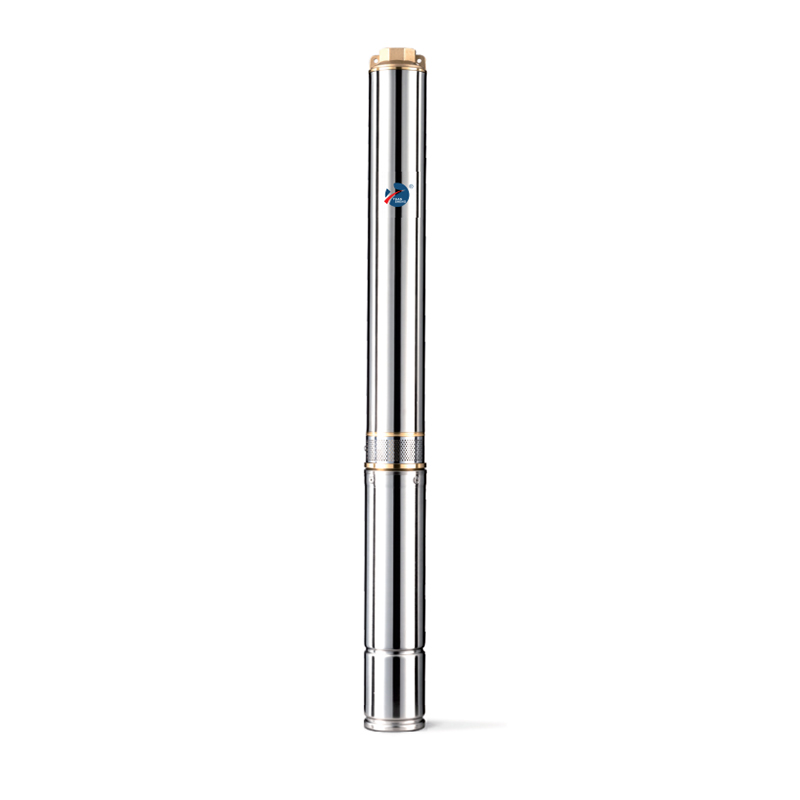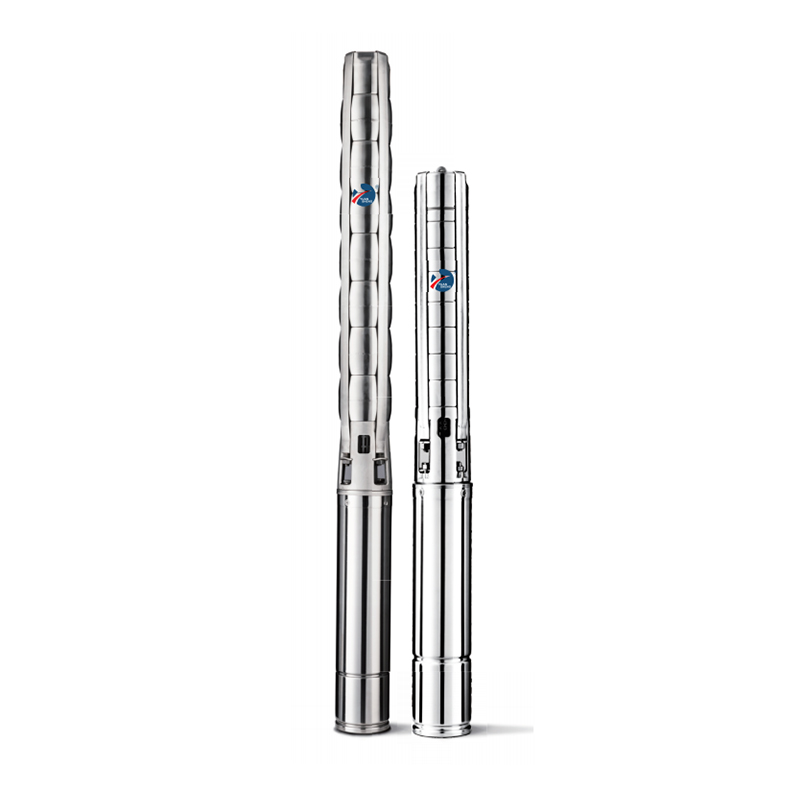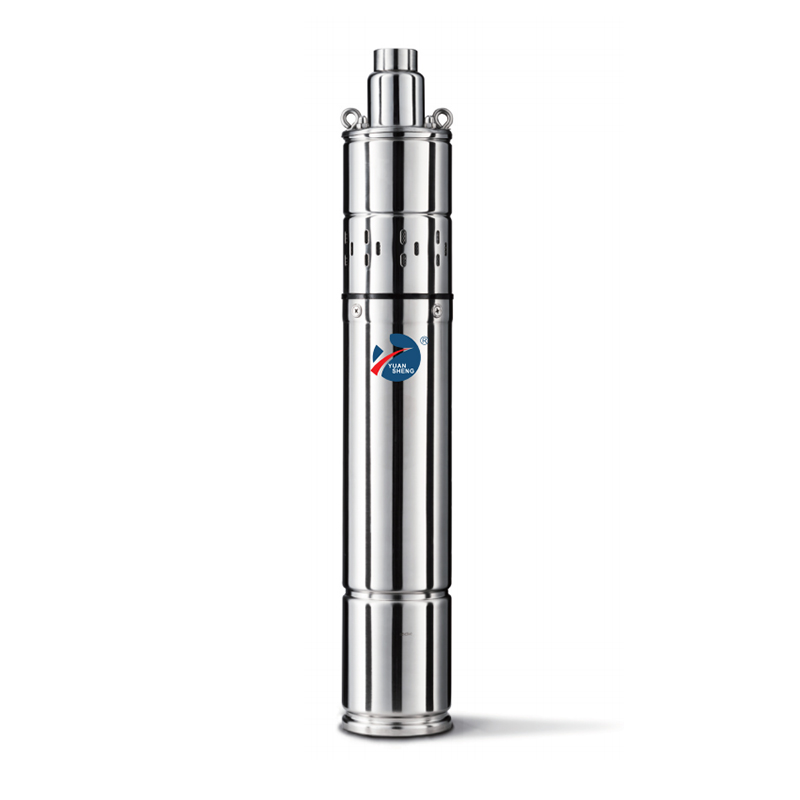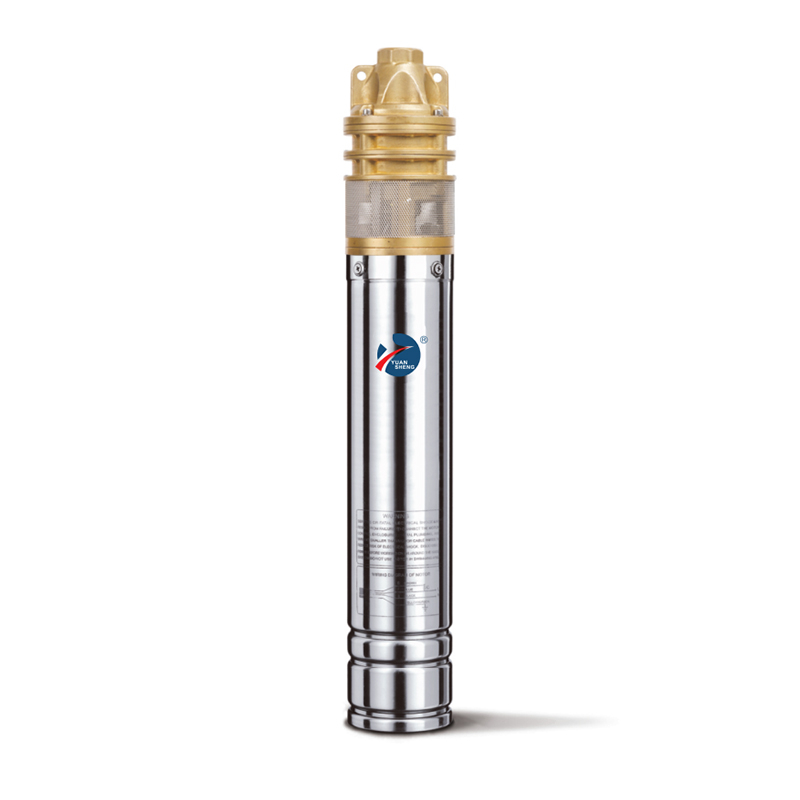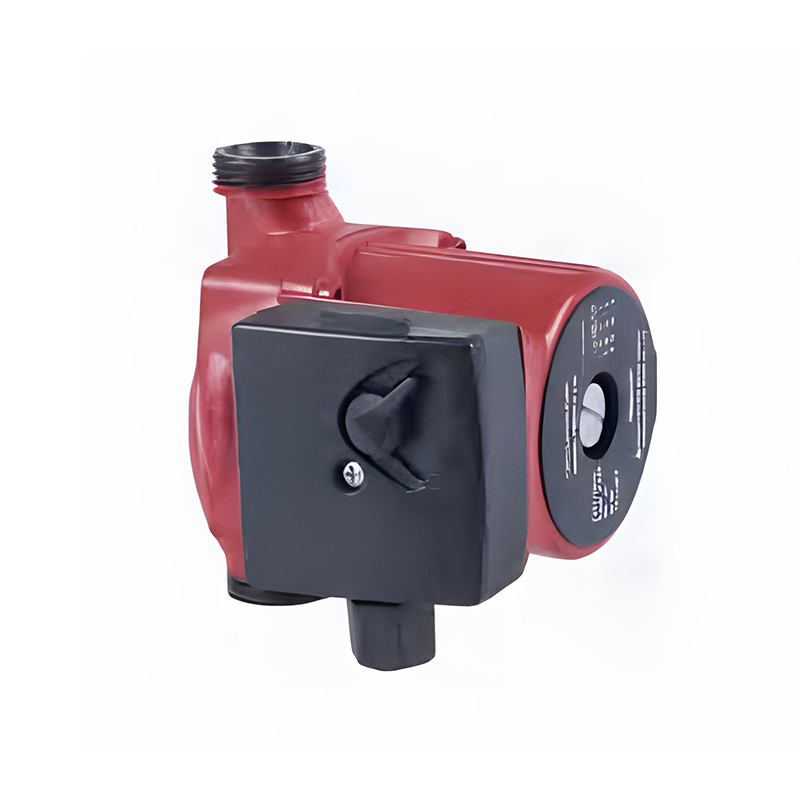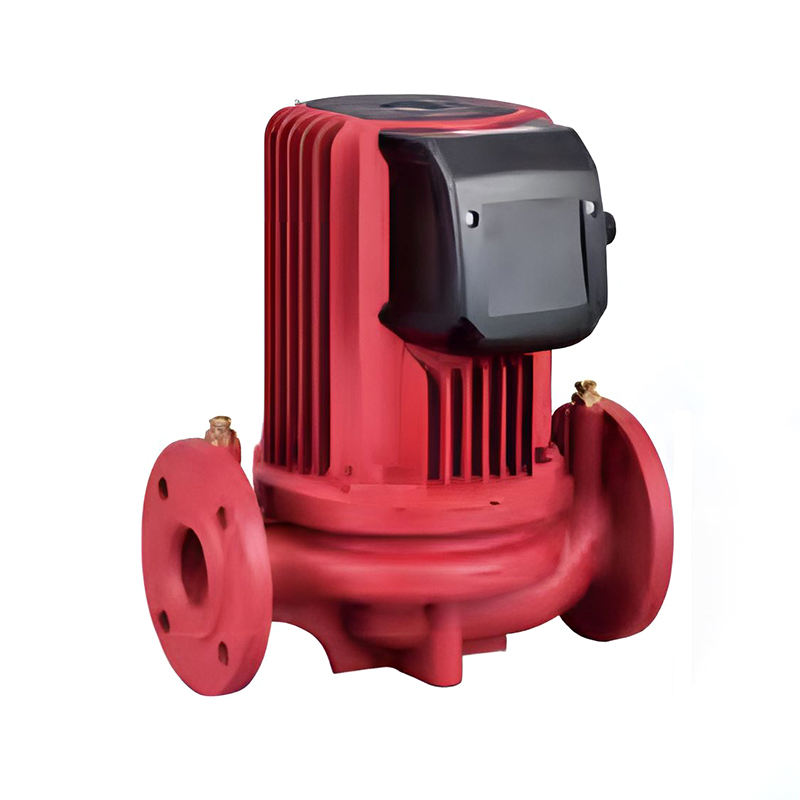A submersible deep well pump is a type of pumping device designed to operate while fully submerged in water. It is commonly used to draw water from deep underground sources, such as wells or boreholes, and is widely applied in residential, agricultural, industrial, and municipal water supply systems. These pumps offer a practical solution for locations where surface-level water access is limited or unavailable.
The submersible deep well pump typically consists of a motor and a pump body housed in a single unit. This combined unit is sealed and waterproof to prevent damage from prolonged water exposure. The motor is positioned below the pump impellers to keep it cool during operation and to ensure that water flows smoothly upward.
Pump impellers are used to increase water pressure and lift it from considerable depths to the surface. Depending on the application and required head height, the pump may contain multiple impellers arranged in stages. This configuration enables the pump to handle deeper installations without significant energy loss.
The submersible deep well pump operates on a vertical lifting principle. Once powered, the motor drives the impellers, which rotate and push water upward through the pump casing and into a delivery pipe. Because the pump remains submerged in the water source, it does not require priming. The surrounding water also assists in motor cooling, allowing for consistent operation.
These pumps are used across various sectors due to their adaptability and effectiveness in moving water from deep sources. Common applications include:
Domestic water supply for households located in rural or remote areas where municipal water systems may not reach.
Agricultural irrigation, where deep groundwater must be accessed to irrigate crops or provide water for livestock.
Industrial use in mining, construction, and manufacturing, where water needs to be drawn from below ground level.
Municipal systems, where deep well pumps contribute to the public water supply infrastructure in certain communities.
One advantage of submersible deep well pumps is their quiet operation, as the motor and moving parts are underwater. They also avoid the issue of cavitation, which can occur in surface pumps when the pressure drops below the vapor pressure. Being submerged also reduces energy loss due to suction limitations, making deep well pumps a reliable option for lifting water from great depths.
Their installation is relatively space-efficient, requiring only a vertical shaft or well opening rather than large surface housing. This makes them suitable for narrow or confined installations.
Choosing the right submersible deep well pump involves evaluating several factors:
Well depth and required discharge head
Flow rate demand
Pump material compatibility with water quality (e.g., mineral content, pH)
Power supply availability
Maintenance access
It’s important to ensure the pump matches the depth and conditions of the well for efficient and long-term operation. Professional guidance is often recommended for installation, especially in deeper or high-capacity applications.
Submersible deep well pumps provide a functional method for accessing underground water sources. With their sealed design and ability to operate at significant depths, they serve a broad range of water supply needs. When selected and maintained appropriately, they offer dependable performance in environments where surface pumps may not be suitable.
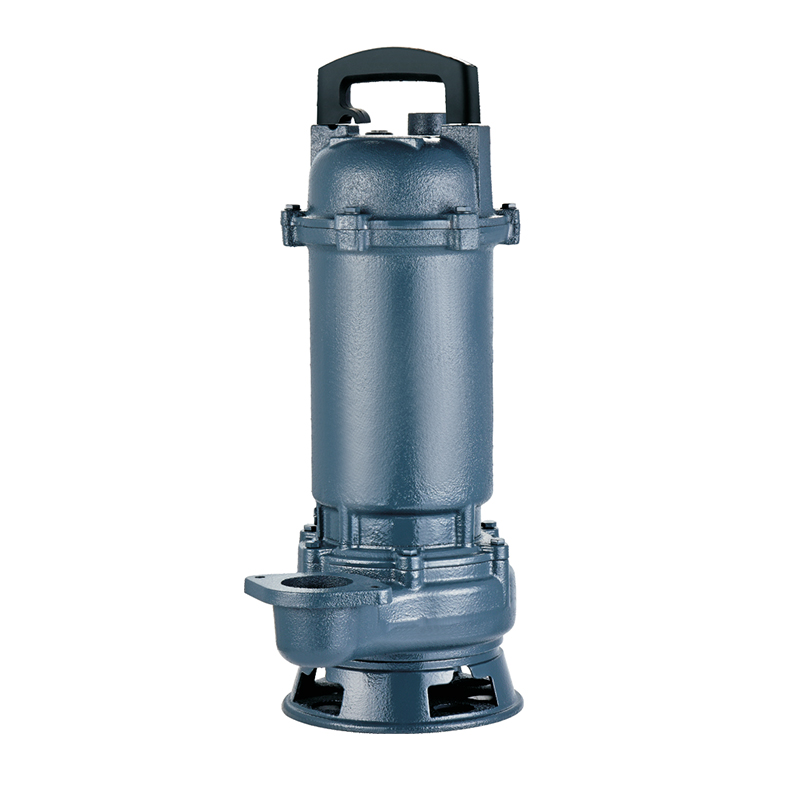


 English
English 中文简体
中文简体 عربى
عربى